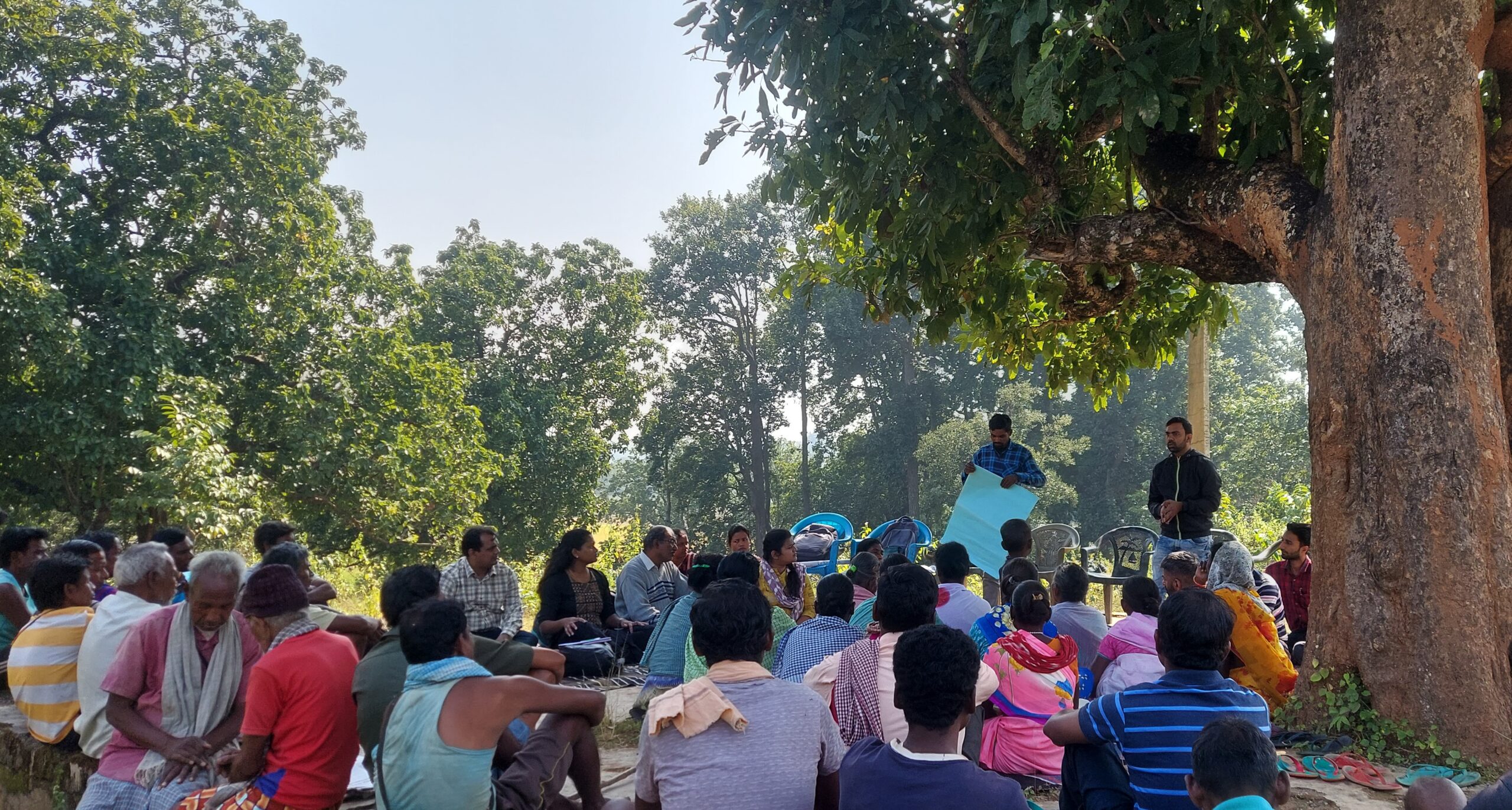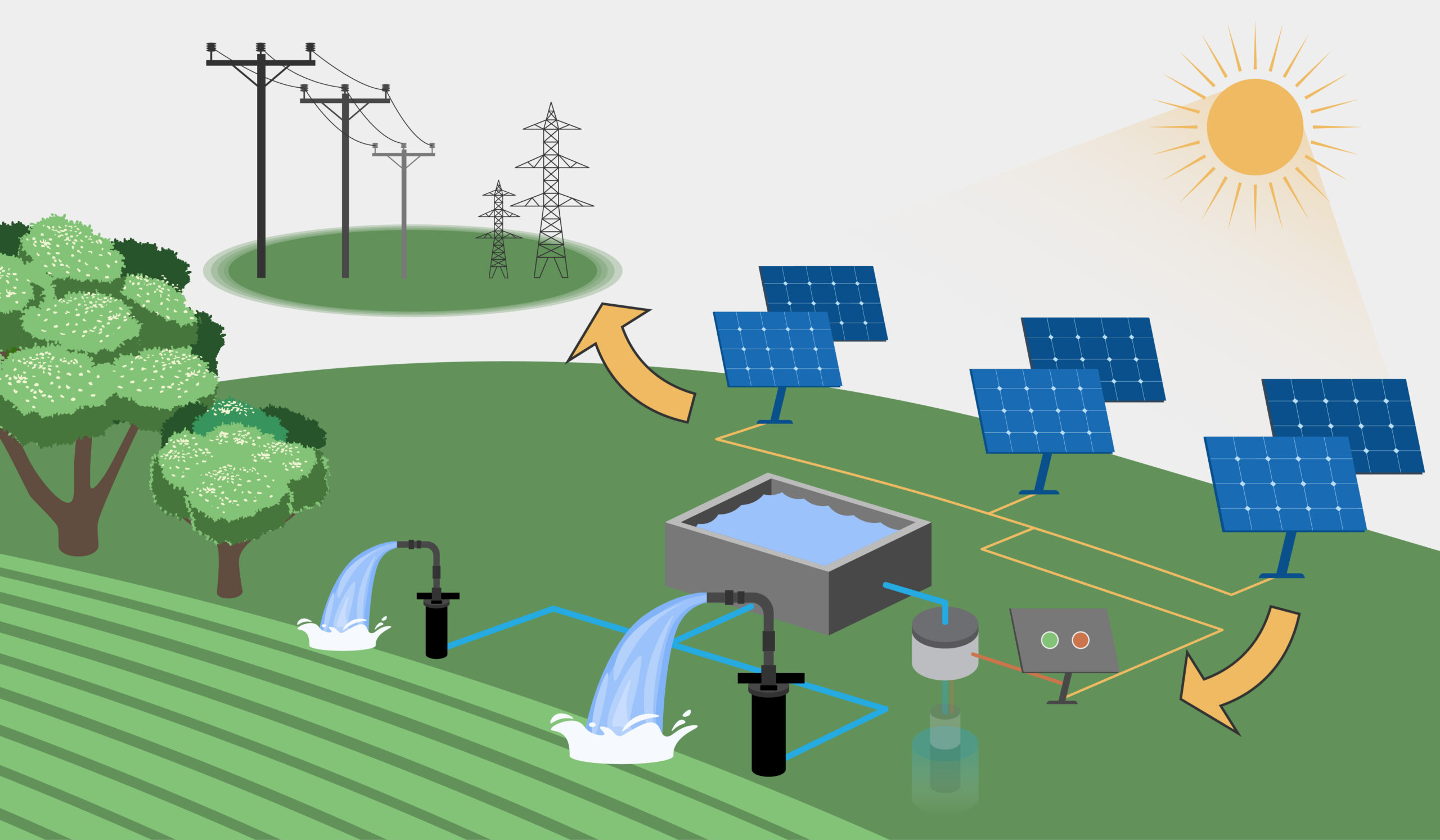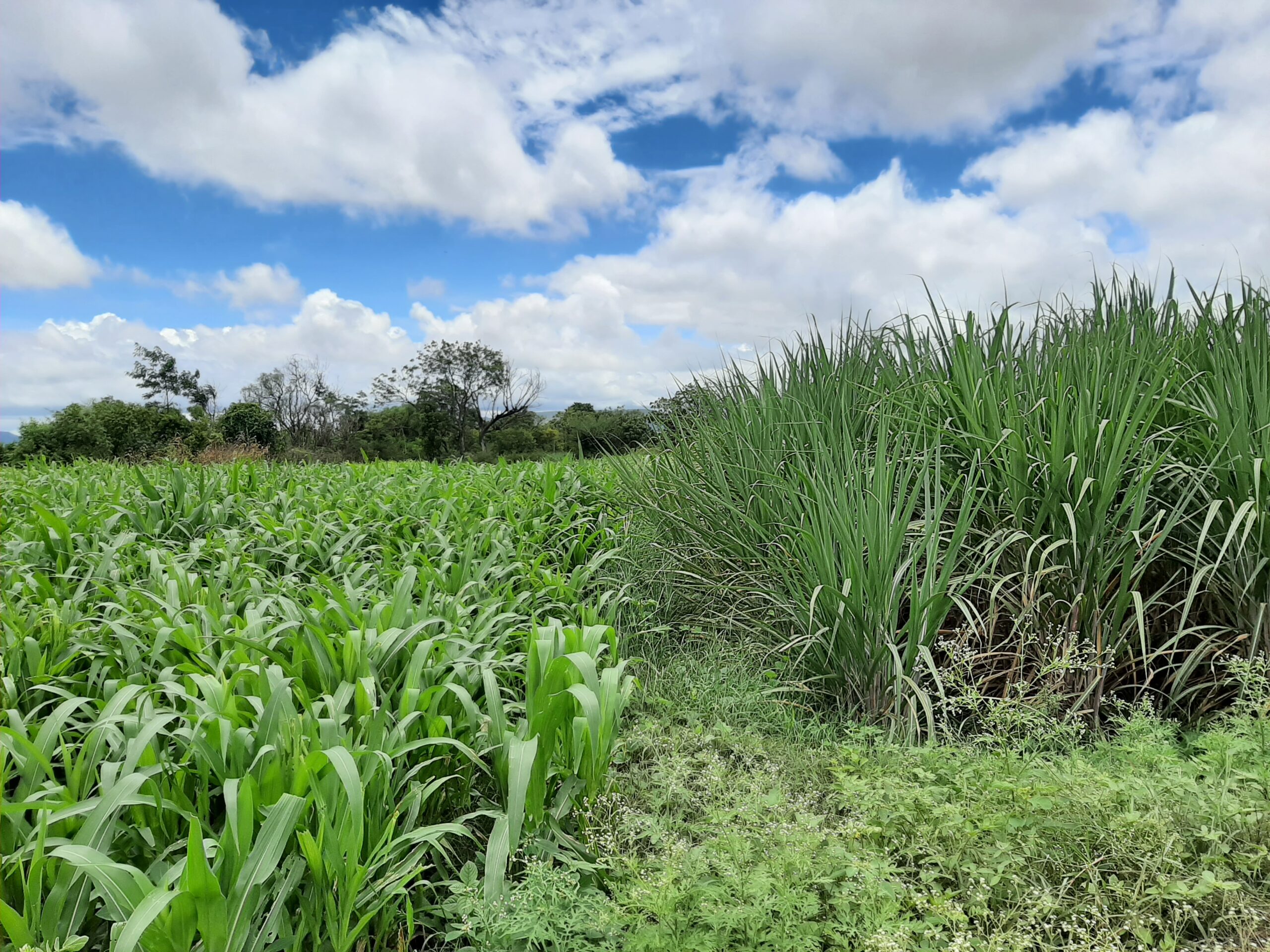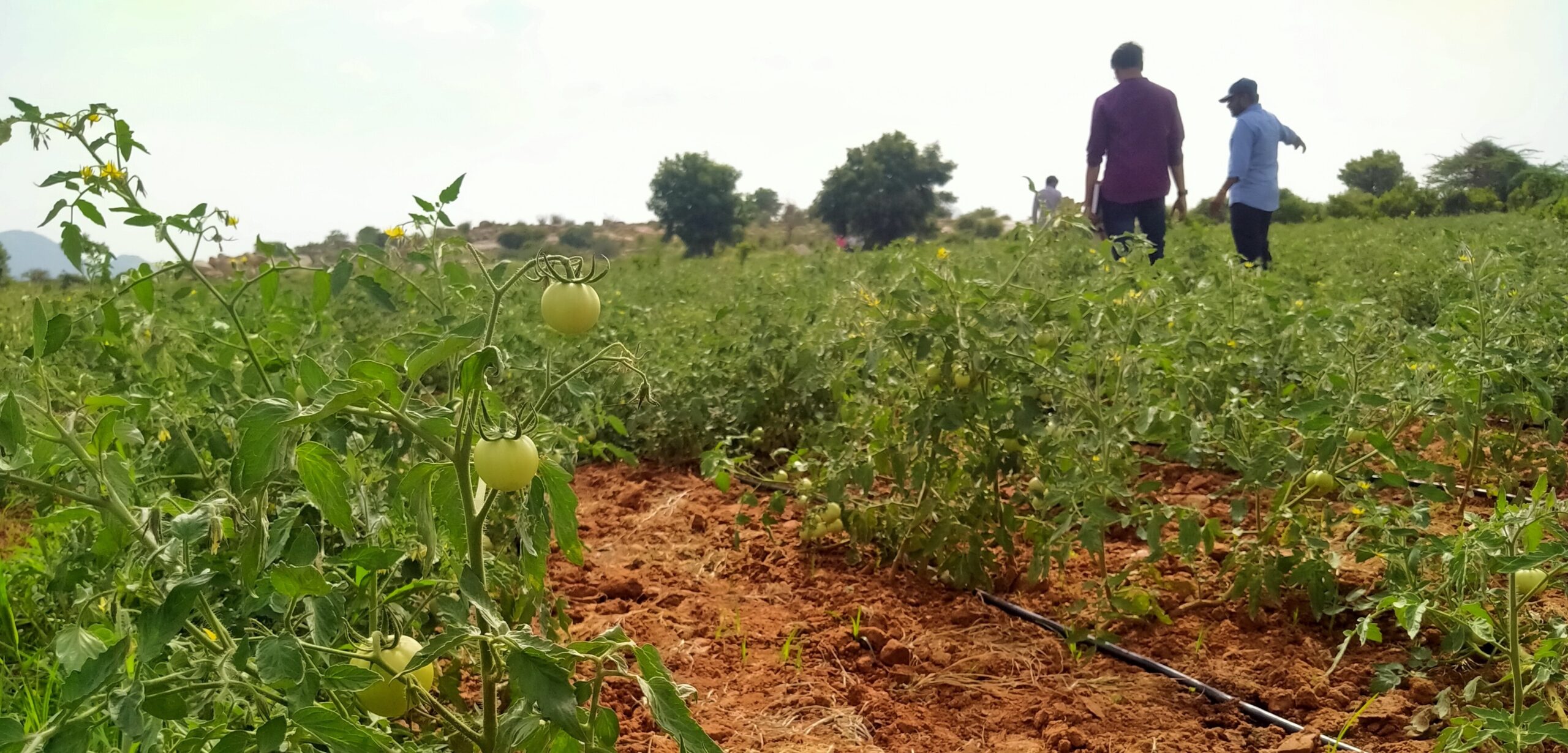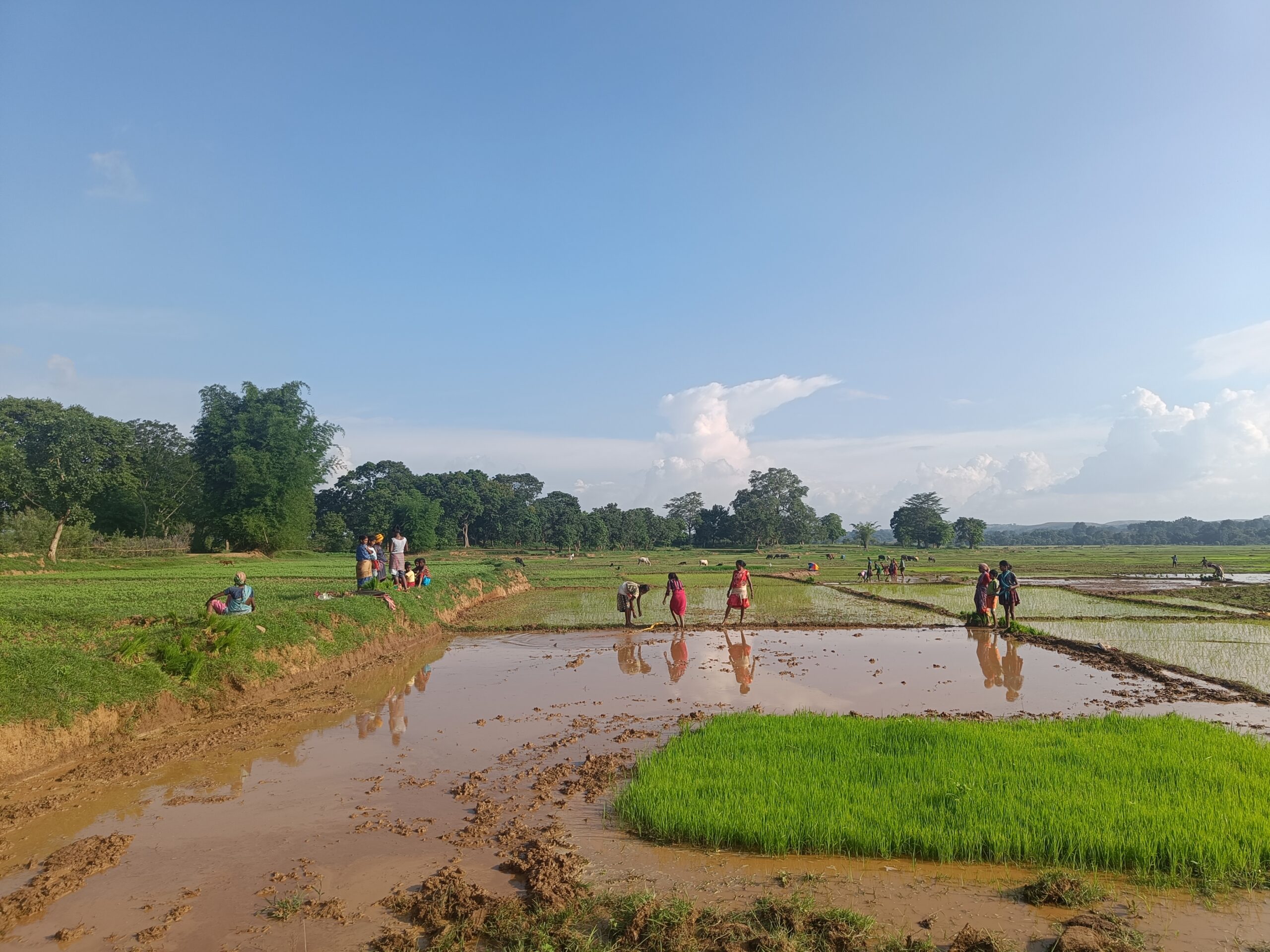Accelerating Collaboration for Rural Development | Insights from the Platforms and Partnerships Programme
This blog is excerpted from WELL Labs’ Annual Report 2024–2025.
You can read the report here.
The Green Rural Economy (GRE) platform—the centrepiece of the Platforms and Partnerships programme—has been connecting changemakers with service providers to accelerate the discovery and implementation of sustainable solutions. Over the past year, we:
- Fostered 80 collaborations for sustainable solutions.
- Published 40 playbooks to promote cross-learning.
- Organised 25 ‘clinics’ to address queries and troubleshoot challenges of social-sector organisations.
- Built directories of solutions and services.
- Integrated the sandbox concept with Green Rural Economy.
We partnered with various organisations for these initiatives: Rainmatter Foundation, WASSAN, SOPPECOM, Himalay Unnati Mission, Aarogya Naturopathy Village, SOUL, Axis Bank Foundation, Ibtada, Trust Community Livelihoods, Development Support Centre, Industree Foundation, Bindi International, Akshayakalpa, Lipok Social Foundation, National Coalition for Natural Farming, PRADAN, Tarun Bharat Sangh, Tieedi, Vaagdhara, Saahas Waste Warriors, Socratus, Nature’s Club, and Livelihood Alternatives, among others.
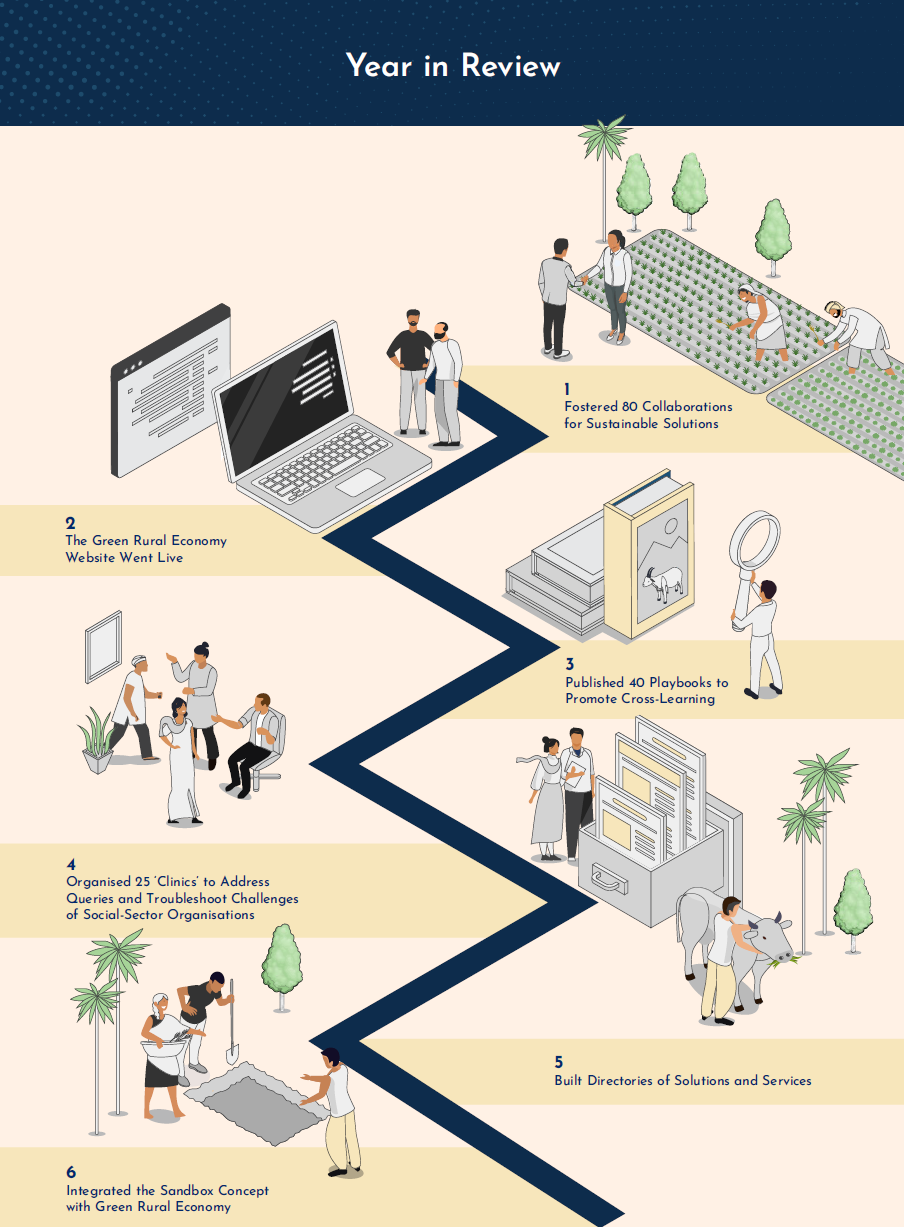
Illustration by Sarayu Neelakantan
Our work with our partners shaped the following insights:
1. Community-based programmes are a key ingredient in the success of sustainable livelihood solutions.
Take the case of the animal-rearing programme spearheaded by our partner, Trust Community Livelihoods, in the Barabanki and Bahraich districts of Uttar Pradesh. To reduce goat mortality, the organisation found it necessary to establish an active volunteer network that could facilitate field activities. The selection of volunteers and their capacity-building were critical to fostering community ownership, which in turn, ensured the programme’s success.
Our other collaborations also reinforced the need for community-based groups, institutions, and programme designs tailored to the geography, culture, and aspirations of the communities involved.
2. A tried and tested solution must be contextualised before it can be documented as a playbook or shared with other organisations.
For a playbook to be useful, we must first answer the following questions:
- What problem is the solution addressing?
- How does it make things easier?
- Whom will a particular solution assist? In what ways?
- What criteria must a user fulfil to implement the solution?
Answering these questions can help us refine a solution that has been successful in a particular region and scale it to other contexts and geographies. In certain cases, this exercise can help us realise that creating a playbook might not be the best way forward. In such instances, we facilitate Clinics or other forms of collaboration. This was the case when we received requests for guidance regarding backyard poultry from Ibtada and Trust Community Livelihoods.
Also Read | The Green Rural Economy Initiative: ‘Servicifying’ the Social Sector
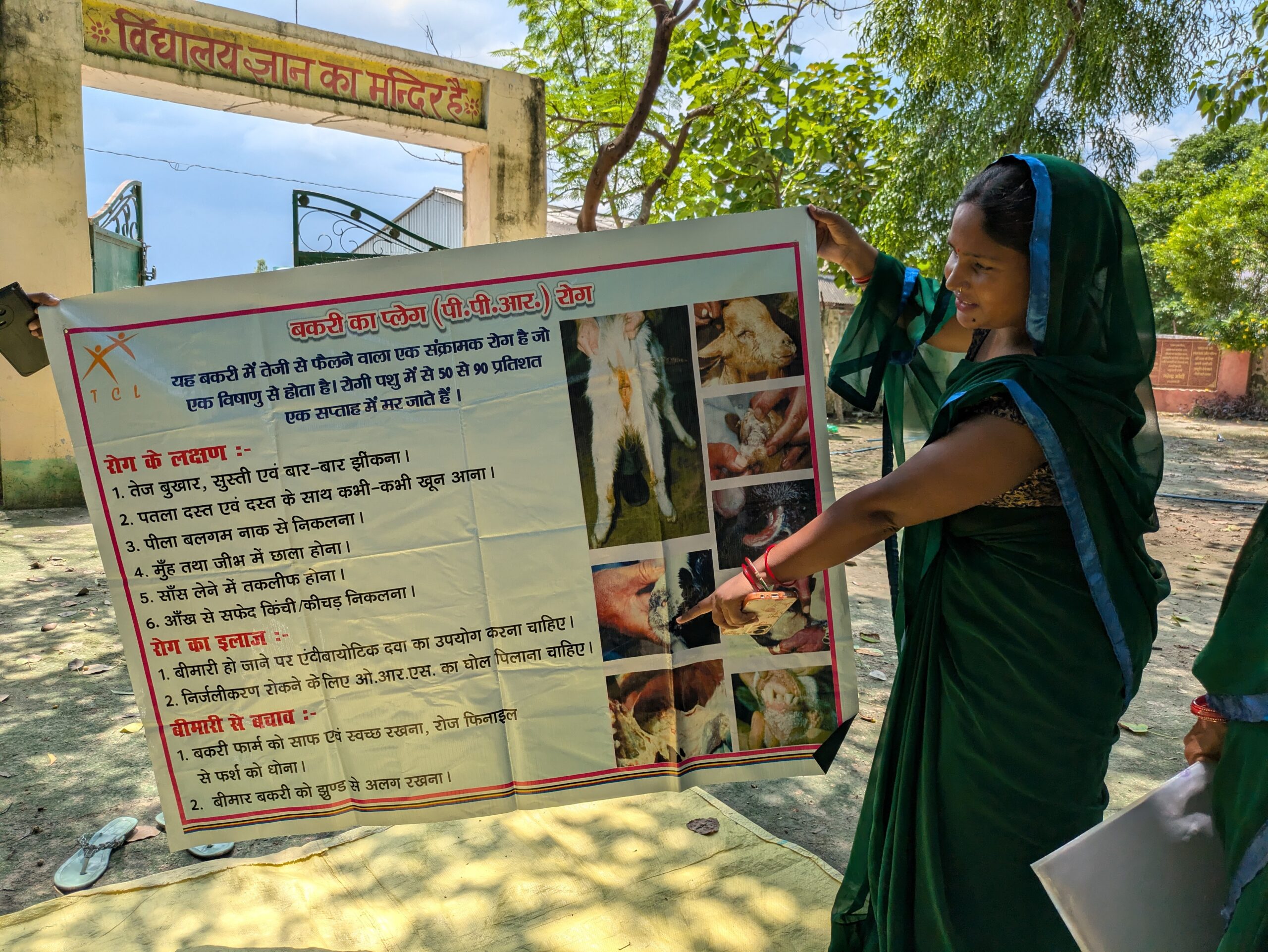
To reduce goat mortality, Trust Community Livelihoods found it necessary to establish an active volunteer network that could facilitate field activities
3. User testing is important for playbooks, especially since different grassroots users have varying styles of accessing information.
User testing provided valuable feedback regarding the language, colour schemes, layouts, and characters in the playbooks. Many users demonstrated a keen eye for detail. Even those who were not accustomed to reading regularly could comprehend the information conveyed through visuals.
Acknowledgements
Authors Gargi Anand, Lakshmi Pranuti Choppakatla, Vivek Negi, Vivek Srinivasan
Editor Syed Saad Ahmed
Published by Nanditha Gogate
Follow us to stay updated about our work


